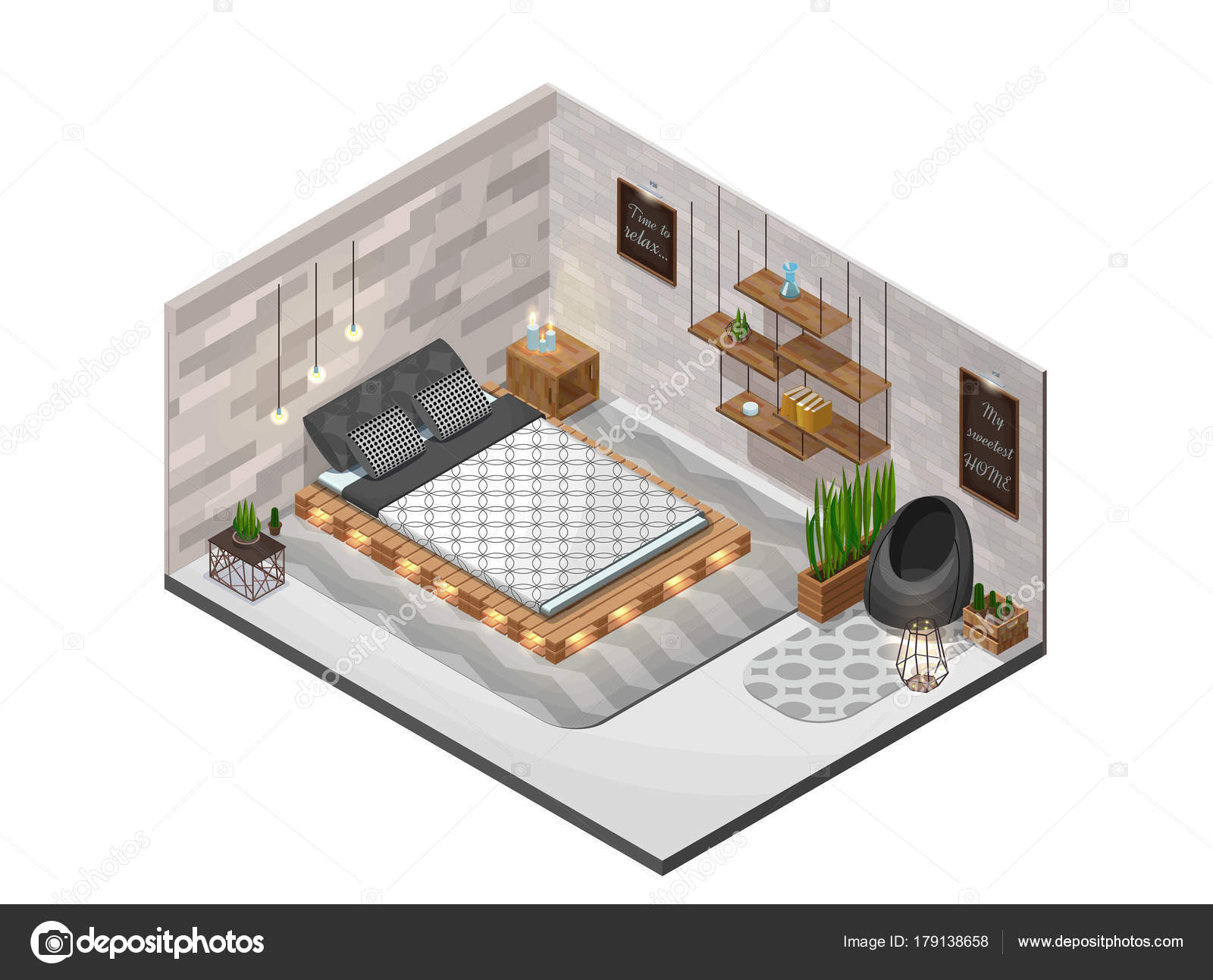Discover The Captivating Experience Of Reconditioning Classic Cabinets, Subjecting Unimaginable Tales And Disclosing The Secrets Of History
Discover The Captivating Experience Of Reconditioning Classic Cabinets, Subjecting Unimaginable Tales And Disclosing The Secrets Of History
Blog Article
Short Article Author-Stephenson Wilkerson
To start the trip of recovering antique cabinets, you need a keen eye for information. Imagine revealing surprise tricks within each layer of background embedded in the wood. Picture the satisfaction of reviving a once-forgotten piece to its previous glory. Every action of this precise procedure holds the vital to maintaining the past while developing a future heirloom. So, are you all set to start this transformative endeavor and unlock the potential of your antique cabinets?
Evaluating the Cupboard's Condition
When starting the restoration process, start by examining the condition of the antique cupboard. Thoroughly examine the total framework for any indicators of damages such as splits, chips, or loose joints. Examine the wood for any rot, bending, or insect infestation that may have occurred with time. It's critical to figure out the degree of the restoration needed before proceeding even more.
Next off, inspect the cabinet's hardware such as joints, knobs, and locks. Make note of any missing pieces or components that need fixing or replacement. Make sure that all hardware is operating properly and securely affixed to the closet.
In addition, examine the closet's finish. Seek any scrapes, discolorations, or staining that might impact the visual appeal. Establish if the coating requires to be removed and reapplied or if an easy touch-up will certainly be enough.
Collecting the Required Devices and Products
After analyzing the condition of the antique cabinet, the next action is to collect the needed devices and materials for the repair process. Before you begin, guarantee you have the complying with items accessible:
- timber cleaner
- sandpaper in various grits
- wood filler
- paint or wood stain
- brushes
- handwear covers
- security goggles
- a dust mask
- a ground cloth
- a putty knife
- a hammer
- a screwdriver
- a vacuum cleaner
These devices and products are essential for an effective restoration.
Wood cleaner is crucial for removing years of dirt and crud accumulation, preparing the surface for fining sand. average cost of remodeling a kitchen of different grits aids in raveling imperfections and preparing the timber for a brand-new coating. Timber filler is handy for fixing any type of fractures, holes, or dents present in the closet.
Repaint or wood stain, in addition to brushes, enable you to personalize the cupboard to your choice. Remember to put on handwear covers, safety and security goggles, and a dirt mask for protection. Put down a ground cloth to secure your work area, and make use of a hoover to clean up any debris.
With these tools and materials collected, you prepare to start the repair procedure.
Implementing the Remediation Process
To successfully execute the repair procedure on your antique cupboard, start by thoroughly cleaning up the surface area with the timber cleaner. This action is important as it aids eliminate years of dirt, gunk, and old gloss that may have gathered on the surface.
As soon as you could try these out is tidy and completely dry, analyze the problem of the wood. Look for any splits, scrapes, or other damages that require to be attended to. Use wood filler to repair any imperfections, making sure to match the filler shade to the timber tone for a seamless surface.
After the fixings have dried out, carefully sand the whole surface area to produce a smooth and even base for the brand-new coating. Be careful not to sand too strongly, as you do not intend to damage the wood below.
Once the sanding is total, apply a timber discolor or end up of your option, adhering to the supplier's guidelines. Enable the finish to dry entirely before applying a protective top coat to make certain the longevity of your restored antique closet.
Conclusion
Since you have actually completed the repair process, your antique closet looks just as good as new.
By adhering to the step-by-step overview, you had the ability to examine, fix, and boost its problem effortlessly.
With a fresh coating and safety top layer, your valued item will certainly continue to radiate for several years to find.
Appreciate the charm of your restored antique cupboard!
